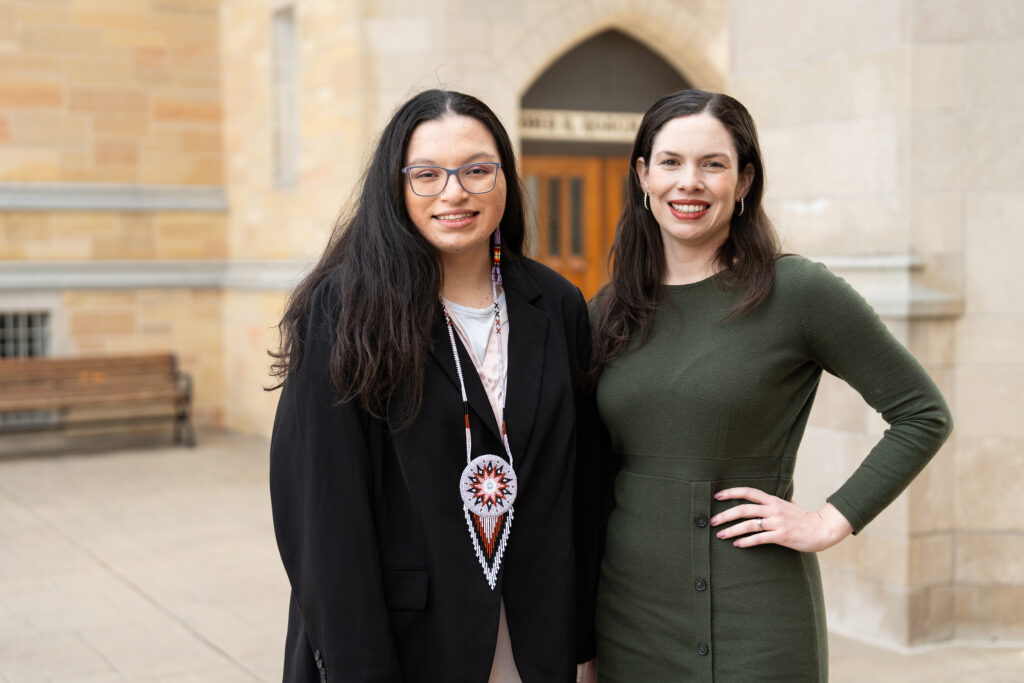Balthasar on the Spiritual Senses: Perceiving Splendour is the winner of the 2015 Manfred Lautenschlaeger Award for Theological Promise.
Balthasar on the Spiritual Senses: Perceiving Splendour argues that the doctrine of the spiritual senses plays a crucial yet previously unappreciated role in the theological aesthetics of Hans Urs von Balthasar (1905-88). At the heart of Balthasar’s aesthetics stands the task of perceiving the absolute beauty of the divine form through which God is revealed to human beings. Although extensive scholarly attention has focused on Balthasar’s understanding of revelation, beauty, and form, what remains curiously neglected is his model of the perceptual faculties through which one beholds the form that God reveals. This study claims that Balthasar draws from the tradition of the spiritual senses in order to develop the means through which one perceives the “splendor” of divine revelation. These findings significantly revise previous understandings of Balthasar’s theology, and they also demonstrate the surprising contemporary relevance of this long-obscured aspect of the Christian tradition.
A key component of the argument is that Balthasar is not content simply to repristinate the doctrine out of its ancient and medieval versions. Instead, he places traditional understandings of the spiritual senses in conversation with the thought of his contemporaries. What emerges from this dialogue is a re-forged understanding of the spiritual senses that is distinct from those models that precede his own. For instance, Balthasar interweaves spiritual and corporeal perception with each other such that spiritual perceiving cannot occur without its bodily counterpart. On this rendering, there is no inner vision of God that occurs through the “eye of the soul,” as is the case for other versions of the spiritual senses. Instead, all spiritual perceiving occurs outwardly, in the very midst of the physical world. Additionally, Balthasar grafts the spiritual senses onto a “personalist” view of the human being as one who is fundamentally in relationship with another. According to this reconfigured understanding of the doctrine, the interpersonal encounter with the neighbor functions as the central arena within which one receives his or her spiritual senses. Also, whereas the spiritual senses have traditionally been interpreted as pertaining to a “mystical” encounter with God reserved for a few, Balthasar repositions the doctrine such that the spiritual senses are granted to all Christians among the general gifts of grace.
With the distinctiveness of Balthasar’s version of the doctrine established, the central claim is advanced: the spiritual senses, when reconfigured according to Balthasar’s modifications, function as the way that the beauty of the divine form is perceived. Balthasar stresses that the sort of beauty on which his aesthetics is based is not superficial or ornamental; instead, he insists that beauty is a “transcendental property of being.” Beauty, therefore, does not pertain to mere surface appearance, nor is it a subjective determination. Rather, it lies at the very roots of reality. Balthasar holds that this beauty of being is shown to the human observer through the concrete and particular (i.e., through “the form”). When beauty appears, it necessarily does so through the form, which has both a material component and a non-material, “spiritual” dimension. Because the form has these sensory and supersensory aspects, the perception of that form must be both sensory and supersensory (or “spiritual”). Balthasar’s theological aesthetics therefore requires a doctrine of the spiritual senses, lest the spiritual dimension of the form remain unperceived by the human observer.
This study additionally examines the role played by the spiritual senses in Balthasar’s contributions to some of the most pressing theological debates of his day. Balthasar’s disputes with Neo-Scholastic figures, Catholic “Modernists,” Karl Rahner, and Karl Barth bring to the fore a number of important theological problems, each of which ultimately has to do with the nature of Christian faith. The spiritual senses are an indispensable component of Balthasar’s solutions to these problems. Therefore, the treatment of the spiritual senses offers ways of advancing theological discussion, not only for Balthasar scholarship, but, more broadly, for a recurrent set of challenges presented to modern theology.
A number of consequences follow from this analysis. First, a frequent question for the interpretation of Balthasar’s theological aesthetics involves the exact manner in which his use of the language of sensation should be understood. One is often tempted to think of Balthasar’s dizzying array of sensory terms as simply figurative in character. It is here that reference to the spiritual senses proves to be particularly helpful in advancing understandings of Balthasar’s thought. Specifically, scholarship on the spiritual senses makes a point of claiming that the language of sensation is used in this tradition in a way that is more than merely metaphorical. For example, Augustin Poulain and Karl Rahner hold that descriptions of seeing, hearing, and touching God in this tradition are not “mere metaphors,” but that these uses of sensory language bear a strong resemblance to corporeal sensation. Balthasar, then, as one who positions himself in this tradition, also uses such language in a non-metaphorical sense. When Balthasar writes of “seeing” the Christ-form or the light of Being that shines forth from the depths of reality, reference to the spiritual senses tradition cautions one from dismissing such language as merely figurative speech. Instead, in using sensory terms, Balthasar does in fact describe an actual perception of the form of Christ as manifested in the world, church, liturgy, and neighbor.
Second, in using the spiritual senses in the particular way that he does, Balthasar places them in the most pivotal position they have occupied in their history. Although the spiritual senses are important to many patristic and medieval figures, only in Balthasar does an entire theological scheme stand or fall with spiritual perception. Indeed, the theologies of figures such as Origen of Alexandria, Gregory of Nyssa, and Bonaventure do not actually require spiritual perception for the mediation of divine revelation. (This is a luxury many of them have as a result of keeping the spiritual senses within the province of a few “mystical” elite.) For Balthasar, by contrast, everything depends on the human being perceiving the splendor of the form of God’s revelation. Given the crucial epistemological role that the spiritual senses play in Balthasar’s system, this study proposes that the burgeoning contemporary field of theological aesthetics should give more explicit attention to the importance of spiritual perception and draw even more deeply than Balthasar himself on the rich and complex spiritual senses tradition.
On a related point, this approach challenges the recent championing of Balthasar as the paragon of a rather restricted reclamation of the church Fathers. It demonstrates to the contrary that Balthasar—although clearly invested in rehabilitating the patristic corpus in general, and the spiritual senses tradition in particular—nevertheless calls for that tradition to engage in a thoroughgoing manner with modern thought. Balthasar’s theology involves no naïve or romantic escape back to the pre-modern world of the Fathers. Investigation of this topic therefore shows him at his most characteristically Balthasarian: he draws from the spirit of the tradition in order to advance the audaciously creative version of the doctrine that is required to meet the challenges of his age.
Concerning those challenges, this study calls for scholars to revisit the importance of the spiritual senses for some of the most pressing debates in contemporary theology. To Balthasar, the doctrine of the spiritual senses is vital for solving extremely important theological problems, many of which continue into the present day. In particular, with the contemporary resurgence of a refined Neo-Scholasticism (much of which is actually critical of Balthasar for his supposedly liberal views), an “extrinsic” corrective may increasingly be seen as a necessary response to the “immanentist” accomodations of post-Vatican II theology. Balthasar’s use of the spiritual senses in his aesthetics prevents God’s revelation from being reduced to human categories, while also ensuring that revelation is not used as a blunt rationale for blind obedience to ecclesiastical authority. Instead, through the spiritual senses one becomes both enraptured and overwhelmed by God’s glorious splendor, which awakens the desire to follow where God will lead. Theology today should therefore seriously consider Balthasar’s resolution of issues that were provoked by the events leading up to the Second Vatican Council, but that remain frustratingly unsettled in the contemporary theological climate.
Mark McInroy is an assistant professor of systematic theology at the University of St. Thomas. He has been on faculty since 2011. This essay offers a preview of an interdisciplinary colloquium scheduled for Monday, October 5th, from 3:00-4:30 p.m. in the OSF Library Leather Room, with Cyril O’Regan, Huisking Professor of Theology in the theology department at the University of Notre Dame, responding.
From “theology matters,” a newsletter of the Department of Theology. Subscribe here.






